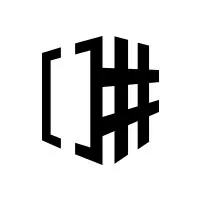
Free Listings
of Fashion & Retail Marketing Agencies in USA
-
Elsner Technologies
Let's work together to elevate your online presence and drive business growth. Contact us today to discuss your project and learn how we can help you achieve your goals.
HQ:
San Francisco -
Wagento Creative
Wagento creates scalable eCommerce sites with 10+ years in Adobe Commerce, Magento, and more. We offer design, development, and marketing services.
HQ:
Washington DC -
The Branding Agency
Taking Brands To New Heights, One Google Search At a Time SEO. Branding. Visibility. We fuel your growth.
HQ:
Charlotte -
Joint Medias
We Make Websites & Design Marketing Material for Small to Medium Sized Businesses and Agencies.
HQ:
Sacramento





























